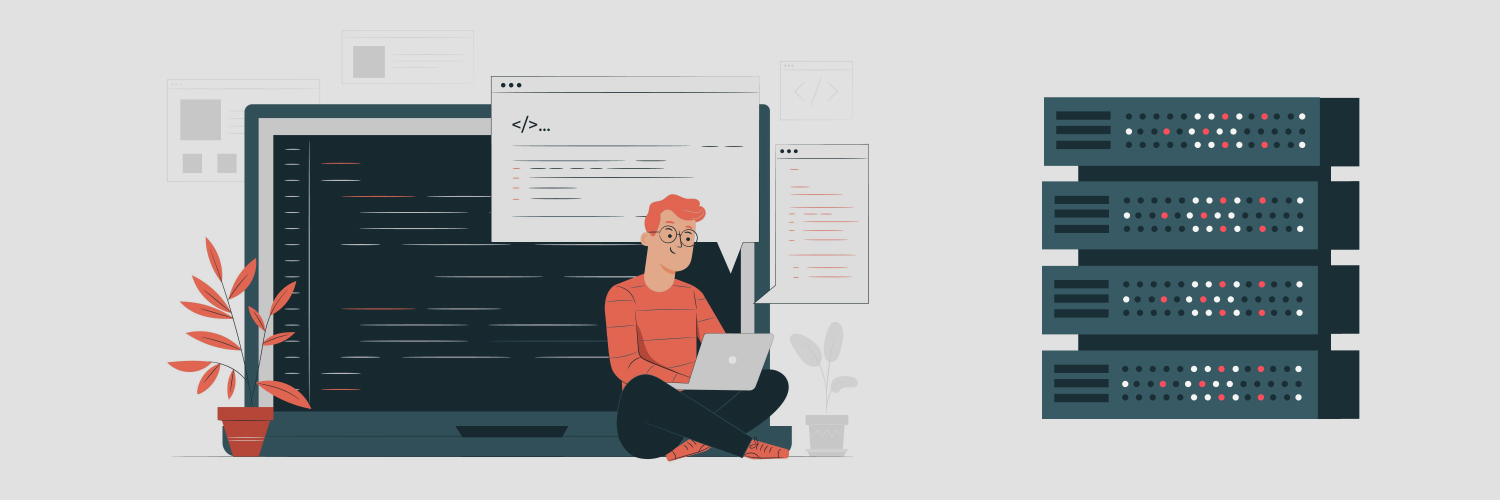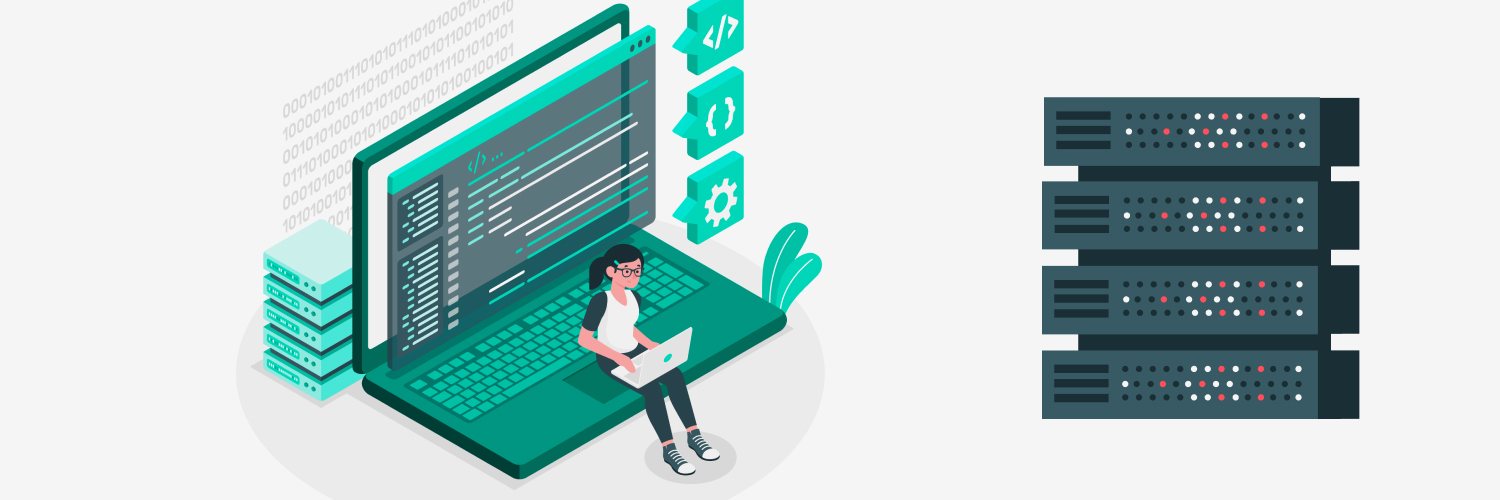What Is a Honeypot Trap? A Guide to Honeypot Traps
There has been a rise in web scraping in recent years. As the internet has become more accessible and easy to use, bad actors have taken advantage of this by scraping websites for data they can then sell or use for nefarious purposes.
To combat this, website owners have turned to security measures, such as honeypot traps. Unfortunately, while they can help keep a website secure, they also pose obstacles for ethical scrapers.
Thus, ethical scrapers need to know how honeypot traps work and how they can avoid these traps. So what is a honeypot trap exactly? This guide will define honeytraps, explain the types of honeypots, and give best practices for avoiding honeypot traps.
What Is a Honeypot Trap?

A honeypot trap is a security measure used to detect and thwart web scrapers. Honeypots are typically hidden fields that do not have to be accessed or filled out by users.
When a scraper attempts to access a honeypot field, it triggers an alarm that alerts the website owner. Then, it allows the owner to take action, such as blocking the IP address of the scraper.
How do honeypots work?
Honeypot traps work by luring web scrapers to them. Scrapers will often try to fill out every field on a web form to get the data they’re after. This is where honeypot traps come in.
They have a hidden field on the form that the web scraper will fill out. The hidden area is usually something like “email2” or “phone2”. When the form is submitted with these fields filled out, the honeypot trap is triggered, and the web scraper’s IP address is logged. Then, the web scraper’s IP address is often blocked or blacklisted in an attempt to thwart malicious actors.
Honeypot traps are a great way to keep a website’s data safe from web scrapers. Plus, they’re very effective at catching web scrapers in the act.
What is a honeynet?
A honeynet is a network of computers that are deliberately exposed to attack so that security researchers can study real-world computer attacks. The computers in a honeynet are often referred to as “honeypots.”
Simply put, a honeynet is a collection of honeypots.
Honeynets can be used to track hackers and study their methods or to bait them into revealing themselves, making it easier to catch them. Honeypots can also be used to distract hackers while administrators work to repair the damage from an attack.
The Types of Honeypots

You can define a honeypot trap as a mechanism to detect, deflect, or counteract attempts at unauthorized use of information systems. A honeypot consists of a computer system that looks like it contains valuable information or services but does not.
The purpose of a honeypot is to:
- Distract hackers and malware to prevent them from attacking production systems
- Help site managers detect and study attacks from bad actors
There are different types of honeypots, and they accomplish various tasks. Here are the common ones.
Malware honeypot
A malware honeypot is a system specifically designed to attract malware. It’s a decoy that uses emulation to appear as a real system with files and data.
After deploying malware honeypots, you have to monitor them for activity. When you find an inflection, you can use the honeypot to study the malware and develop countermeasures.
The biggest advantage of malware honeypots is that they don’t require a lot of resources to set up and maintain.
Passive honeypot
A passive honeypot doesn’t interact with attackers. Instead, it collects data, such as:
- IP addresses
- Attack signatures
- Packet captures
The purpose of a passive honeypot is to provide information that can be used to improve security. Passive honeypots are low-interaction, making them very difficult for attackers to detect.
Spam honeypot
Spammers use bots to crawl the web and harvest email addresses from websites. A spam honeypot is a decoy email address placed on a website. When a spammer harvests the address, the website owner can use a spam honeypot to monitor or blacklist them.
Spam honeypots are very effective at detecting and blocking spam. However, they require a lot of upkeep, which can be costly in the long run.
Database honeypot
SQL injection and other database-specific attacks are a constant problem for webmasters. A database honeypot is designed to attract and “trap” these kinds of attacks so that they can be analyzed and dealt with appropriately.
There are several different ways to set up a database honeypot, but the basic idea is to create a fake database that looks real enough to fool an attacker. Then, the website owner configures the honeypot database to log all attempted access and queries so that they can study the information later.
Client honeypot
A client honeypot is placed on a client device, like a computer or smartphone, rather than a server. Its purpose is to detect and record attempts by unauthorized users to access the device.
Client honeypots can detect and track malicious activities, including:
- Malware infections
- Phishing attacks
- Denial-of-service attacks
They can also be used to monitor devices for compliance with security policies.
Client honeypots are typically less effective than server honeypots at detecting and tracking malicious activity because they are more likely to be discovered and disabled by attackers. However, they are more difficult for attackers to bypass since they are not as well-known or well-understood.
How Do Honeypot Traps Impact Web Scrapers?

Web scrapers are pieces of code that extract data from websites. They are used to gather information en masse and can help collect data for research or marketing purposes.
However, depending on how they are used, web scrapers can also threaten website security. For example, web scrapers can harvest email addresses from websites to send spam messages. They can also be used to overload servers with requests, leading to denial-of-service attacks. Additionally, scrapers can copy entire websites without permission, violating copyright law.
How honeypots protect websites
Honeypot traps protect websites from web scrapers. A honeypot trap is a code that looks like it contains valuable information but is fake.
When a web scraper attempts to access a honeypot trap, the website’s administrators are alerted. This allows them to take action to block the scraper and protect the website.
Drawbacks of honeypot traps
Honeypot traps can effectively deter web scrapers, but they also have some drawbacks.
- They require ongoing maintenance to keep the fake data fresh and up-to-date.
- Honeypot traps can also impact legitimate users if they are not well-designed. For example, a poorly designed honeypot trap could give a false positive, flagging a legitimate user as a scraper.
- They can also pose hurdles for ethical scrapers, disallowing them to scrape data from a website. Thus, ethical web scrapers should know how to avoid honeypot traps.
How to Avoid Honeypot Traps?

If you’re scraping the web for data, there’s a good chance you’ve come across a honeypot trap. Here are best practices to avoid honeypot traps when scraping websites for competitor analysis, marketing research, or other ethical reasons.
Use headless browsers
A headless browser is a web browser without a graphical user interface. Headless browsers are often used for automated testing and web scraping. They are fast and can be controlled programmatically.
Using a headless browser will help you avoid honeypot traps because they make it harder for websites to detect that you’re a bot.
Use proxies
The best way to avoid honeypot traps is to use proxies. By using a proxy, you can change your IP address and user agent to look like a different person on the website. It will help you avoid being detected as a bot and getting caught in a honeypot trap.
There are three main types of proxies you can use for web scraping securely. These are residential, data center, and ISP proxies.
Residential proxies
Residential proxies are reliable because they come from real people’s devices. Thus, when you scrape the web using these proxies, the target website sees an IP address from a real user’s residential address. Residential proxies are less likely to be detected and blocked by websites.
Since Rayobyte residential proxies are ethically sourced, you can rest easy knowing they’re dependable and in line with ethical scraping practices.
Data center proxies
Meanwhile, data center proxies come from data center IP addresses from all over the world. These proxies are fast, but they’re easier to spot by websites compared to residential or ISP proxies.
ISP proxies
Meanwhile, ISP proxies are a mix of data center and residential proxies, the best of both worlds. They boast the speed of data center proxies and the reliability of residential proxies. With 1 Gbps of speed, Rayobyte ISP proxies allow you to scrape the web quickly and efficiently.
Use a reliable web scraper
If you don’t want to worry about honeypot attacks or traps during scraping, it’s best to use a web scraper that frees you of this hassle. Rayobyte’s Web Scraping API is one of the most reliable web scrapers on the market and can pre-build modules for whatever web scraping project you’re working on.
It comes with several features that make it ideal for avoiding honeypot traps, such as the ability to use headless browsers and automatic proxy management.
Final Words

Now if anyone asks you, “What is a honeypot trap?” you’ll know! Although honeypot traps are useful for keeping websites safe from malicious elements, they can thwart ethical scrapers too. That’s why you should know how to use Rayobyte proxies and work with a reliable web scraper like Rayobyte’s Web Scraping API. Doing so will keep you safe from honeypot traps and help avoid getting banned while web scraping.
The information contained within this article, including information posted by official staff, guest-submitted material, message board postings, or other third-party material is presented solely for the purposes of education and furtherance of the knowledge of the reader. All trademarks used in this publication are hereby acknowledged as the property of their respective owners.






